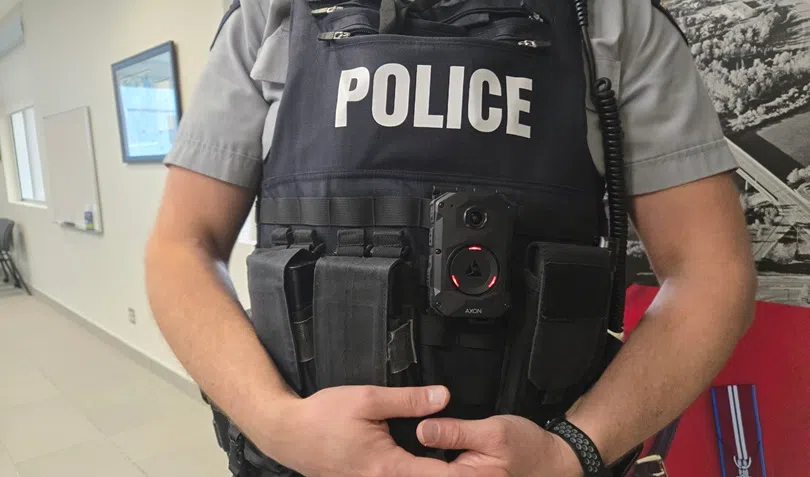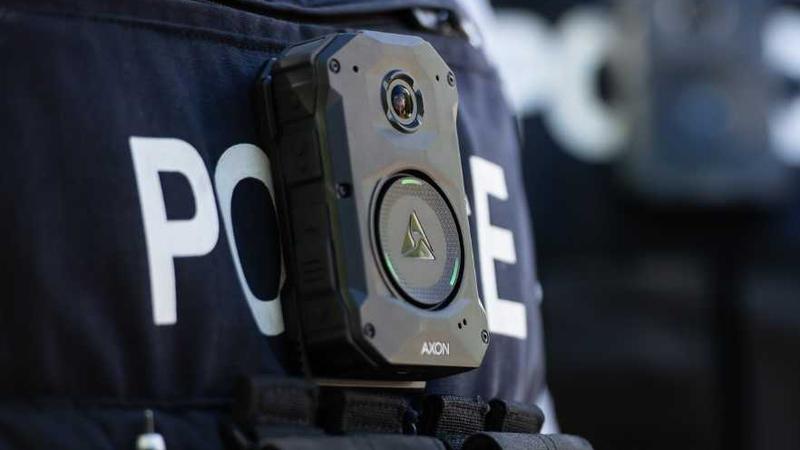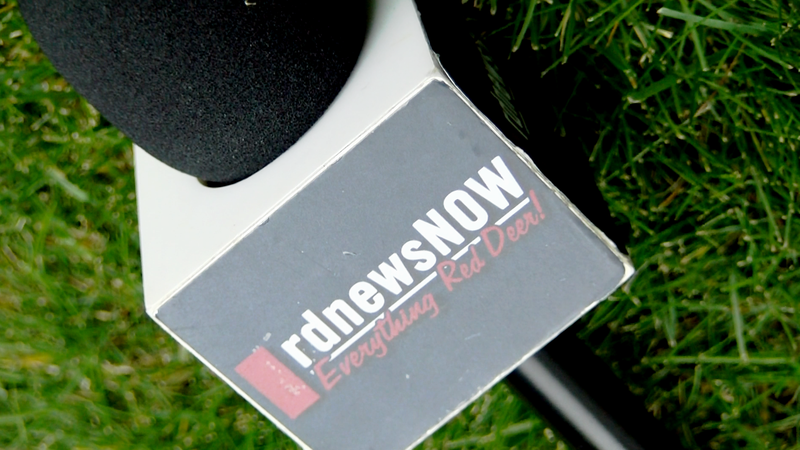
Red Deer RCMP latest in line for body-worn cameras
Red Deer’s RCMP force is the newest edition to units in Alberta equipped with body-worn cameras (BWC).
As of March 13, following the first round of training, body cameras have started to be deployed with the front-line officers interacting with the public. Red Deer intends to have 90 members trained on and using the technology, and as of March 20, about half that number has already been trained.
“It’s going to be a huge improvement, not only in gaining trust within the public, but also showing transparency with the police force, and also with the City of Red Deer,” said Cst. Cory Riggs, Alberta RCMP.
The use of cameras is a new contractual obligation outlined by the Government of Alberta in regard to RCMP, but Red Deer has taken the initiative to equip its Community Peace Officers (CPO) with the technology as well.


